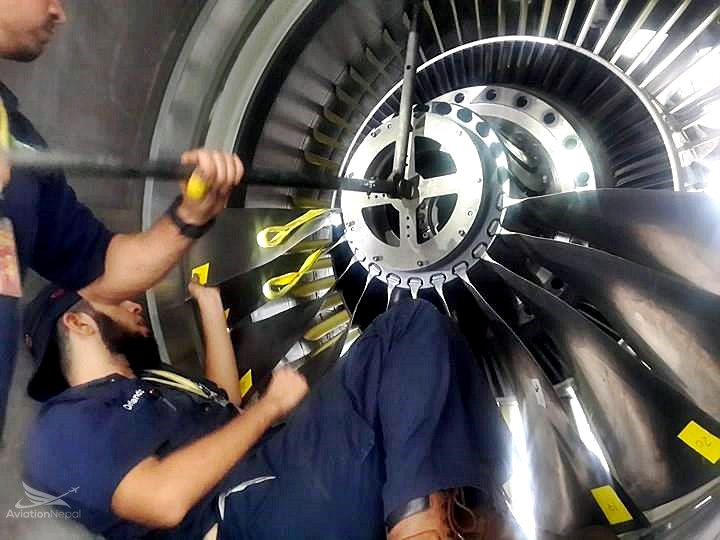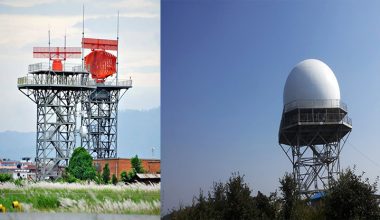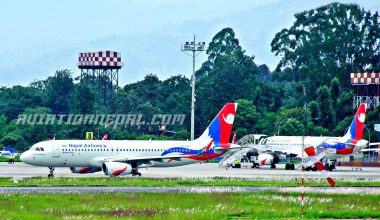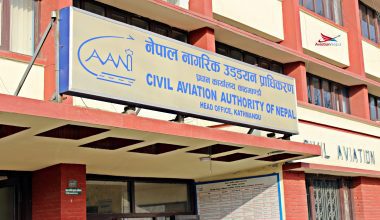Nepal Airlines grounded Airbus under rapid maintenance
KATHMANDU, 14 JULY 2016

The grounded aircraft ‘Lumbini’ of national flag carrier Nepal Airlines is undergoing rapid maintenance after the arrival of new blades awaiting to be replaced with the older blades that were damaged by a bird strike right into the engine on July 07. It has been reported that a team of 5 members including engineers of two American nationalities are continuously working for fixing the wounded aircraft to fly it back to the skies as soon as possible. The three blades for replacement were also brought from USA.

The bird strike caused a major damage on three compressor blades of right engine of Airbus 320 resulting the need of replacement of those blades for getting back the airplane in the skies again. The crippled Airbus has been grounded since then. Engineers have even completed boroscopic inspection of the engine by dissembling all the blades of the engine and have suspected further damages in the internals of the engine. Some scratches and wears were also found on denting.

This extends the maintenance period of the aircraft for repairing of additional damages discovered. Had only the blades to be replaced it would be ready to fly right after the installation but the discovery of further damage of the right engine causes it to be grounded a couple of days more for the completion of total maintenance.
On July 07, the Airbus was taking off from Kathmandu for Hong Kong with 59 passengers and crew members on board under the command of Senior Captain R. P. Dhakal who was forced to taxi the airplane back to terminal and the ramp after bird strike.
More than 39 species of birds around the premises of Tribhuvan International Airport including five large types, ten medium-sized and twenty four small-sized are creating a major problem in the sky of Tribhuvan Airport where hundreds of flights take off and land every hour. Expert say, when a bird weighing 3 kg slams into an aircraft at 150 km per hour, the impact is equivalent to being struck by a 1,800-kg hammer on a 1-sq ft area which shows that aircraft are significantly at high risk during take-off and landing as 90 percent of birds fly below an altitude of 2,000 ft.







Comments are closed.